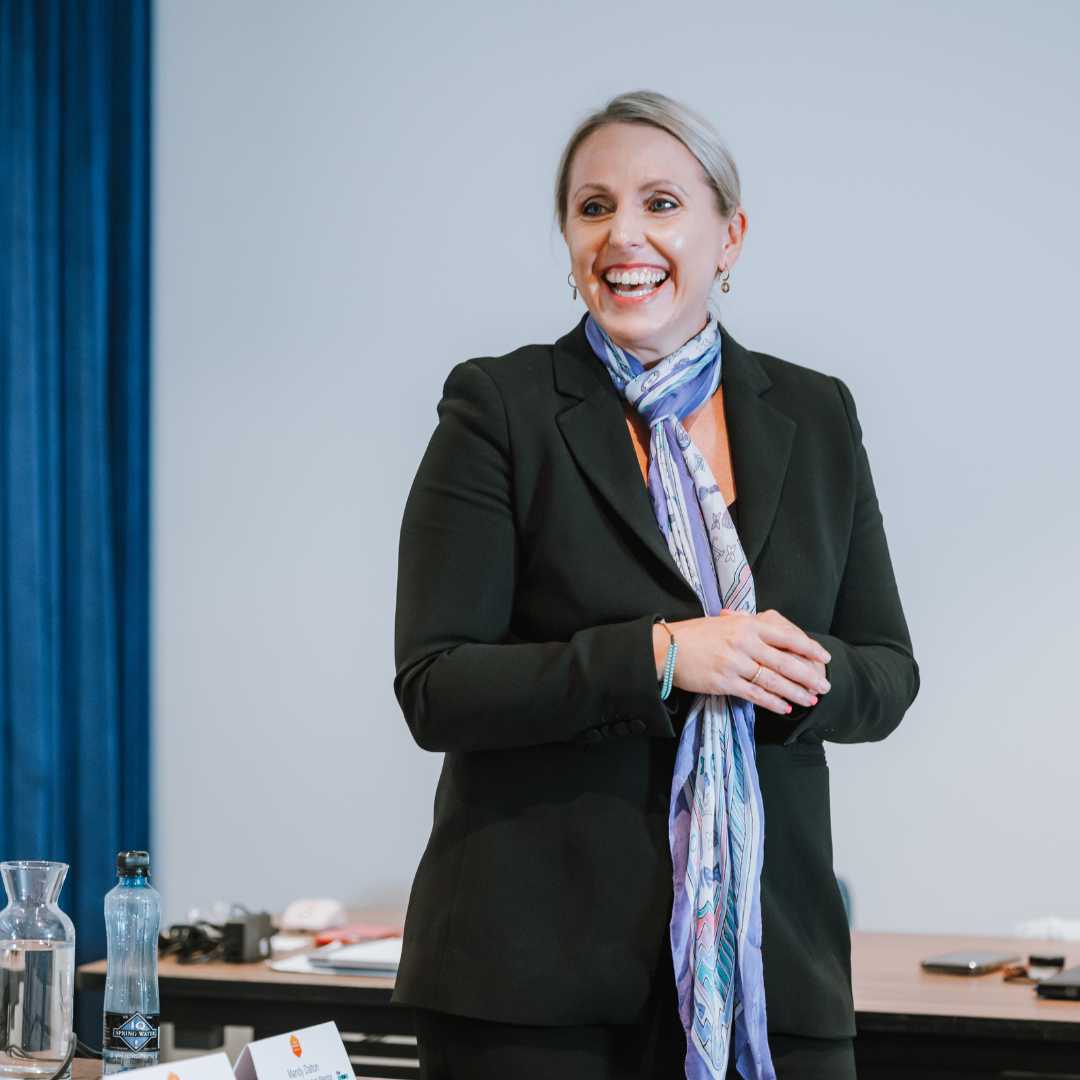How to develop self-care routines that support wellbeing.
By Amanda Vinci.
Being a self-confessed people pleaser my whole life, the concept of taking care of myself first was always foreign to me. I would always make sure I put everyone else’s needs ahead of my own. I became ‘good old Amanda, who will get things done’, and I loved that title. It gave me a sense of purpose and made me feel like I was worthy because I was the go-to person when you wanted to get something done and of course, this validated that I was good enough.
The thing with people pleasing, is that it’s never enough! That validation of helping someone, is short lived. You’re always looking to please more, do more, support more and because you’re focus is always projected on what others need, you often lose sight of what you need.
And then, we crash, and we crash hard.
I was 7 years into my Executive Assistant career when I had my first crash, or said another way, when I experienced burnout for the first time.
I remember the moment like it was yesterday, I was the only one in the office, it was 10:30 at night, the office was empty, the cleaners walked in, cleaned around me and left and I was still in the office. I didn’t get home until close to midnight and cried the whole way home asking myself how did it get so bad?
The thing is we often don’t realize we’re not taking care of ourselves and that’s when burnout happens.
It happens slowly, over time and it gradually builds until we break. It happens with starting our day earlier, skipping lunch, finishing our day later and saying yes when we know we don’t have capacity.
I remember one day I went 6 hours without going to the bathroom because I couldn’t spare the 3 minutes it would take. Isn’t that madness?!
We often begin looking to self-care routines when it’s too late and we’re already burned out. Developing a self-care practice before this happens and paying attention to the warning signs is one of the best ways to prevent it and something I hope I can support you with in this blog.
But first, I want to bust the belief that self-care is selfish. This couldn’t be further from the truth.
When we take care of ourselves, we have the energy to care for others, connect with our co-workers on a more personal level, and be more engaged and present at work. We have more patience for ourselves and others, our empathy increases, and we can improve every type of relationship in our lives.
There is a reason why on a plane they ask you to fit your oxygen mask first.
There are really three aspects when it comes to self-care for wellbeing.
1. Body
2. Mind
3. Soul
When it comes to the body and physical health, it includes exercise, diet and sleep.
When it comes to the mind, we’re talking about the psychological aspect, how you’re managing you’re emotional well-being. That can include relaxation techniques, learning new things and even socialisation.
And for soul well-being, that has a different definition for everyone. For some, it might include organised religion while for others, it might be about their connection with nature, or something that feeds your soul. For most, this is doing a hobby or something that brings you joy. For me, it’s painting and being at the beach.
Here is my 3-Step approach for creating (and getting into) a self-care routine:
1. Start with awareness
Before you do anything, you need a benchmark and to see where you’re starting from. Most of us are so busy being busy, that we’re not aware of some of the habits that are not supporting us. Something I implemented was a daily review and reflect with my journal. I would look at all 3 aspects of wellbeing (mind, body and soul) and give myself a rating. How well did I do at this yesterday? Of course, you’re not going to be a 10 out of 10 every day, but what you don’t want to see if a steady decline and more than a week where everything is below 5.
2. Find what wellbeing self-care practices you enjoy
One size doesn’t fit all when it comes to self-care practices. Start by writing down as many things as you can think of that bring you joy and make you feel good for each wellbeing area (mind, body and soul). Brainstorm how you can incorporate those things into your daily life. It could be in the background (such as filling your space with the colours and smells you enjoy) or it could take up a more prominent space in your daily routine (such as designating a set amount of time for a certain activity). Starting small may make the habit easier to get into. Pick one behaviour that you would like to make part of your routine for the next week.
3. Set goals for incorporating self-care behaviours every day.
Once you decide what self-care practices you’d like to incorporate into your life, come up with goals for how often and when. Make your goal realistic and measurable. For instance, if you’re trying to start a morning exercise routine, maybe start with 1 or 2 days this first week, and slowly build. When you successfully stick to that for a week, you can set a more challenging goal. After seven days, evaluate.
Once you’ve completed a seven-day streak, reflect on how you’re feeling and note any positive benefits. Use this as fuel to maintain the behaviour throughout the month. Adjust and tweak your approach as you go.
It’s okay if there are bumps along the way. We’re talking about a practice, we’re talking about trial and error, and we’re also talking about our needs changing over time. What might be self-care in one period might be less so in another period.
Some examples of easy-to-adopt self-care practices include: reading a book, journaling, meditating, taking a 10-minute walk outside, going to sleep earlier, powering down your devices in the evening, cooking with more nutritious ingredients, and surrounding yourself with things that make you happy. For me it’s painting.
Building a new habit takes time, so be kind to yourself while you’re adding some new practices into your daily life.
Growth Hub Members
Join us Wednesday May 25th at 12:30AEDT for a breakout session with Amanda to discuss this topic! RSVP below, see you there!







